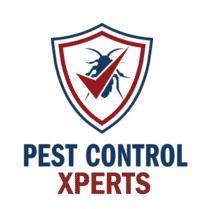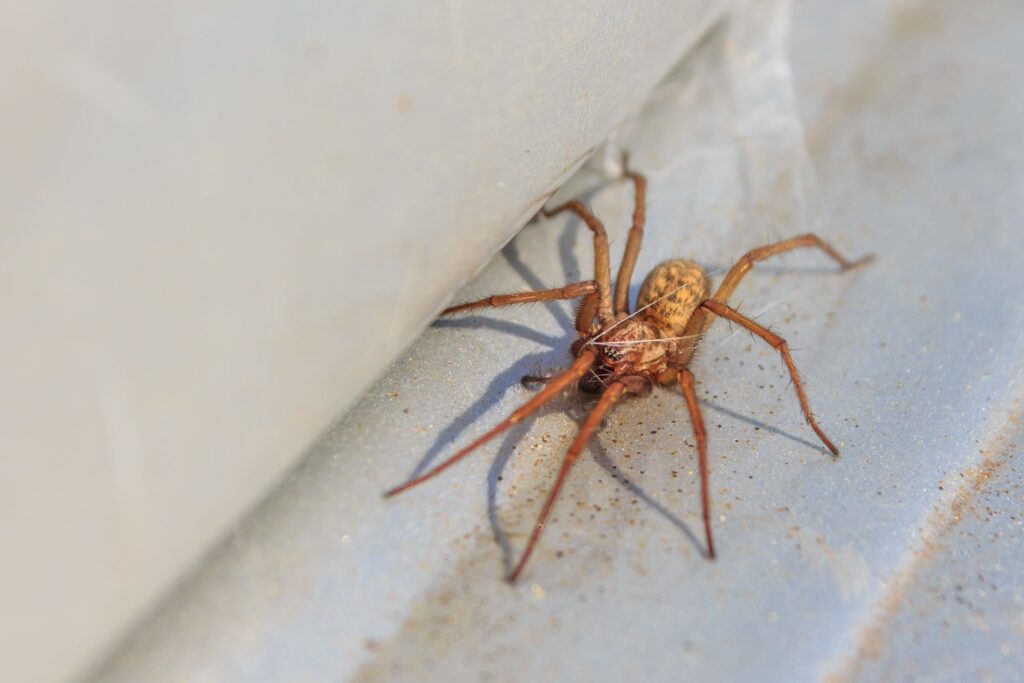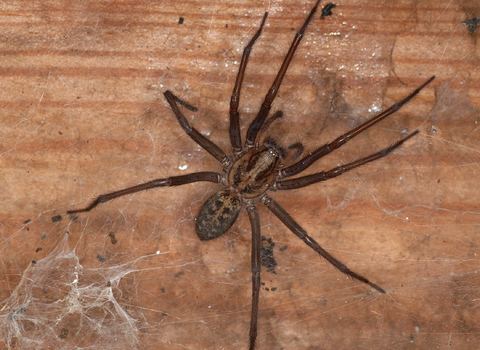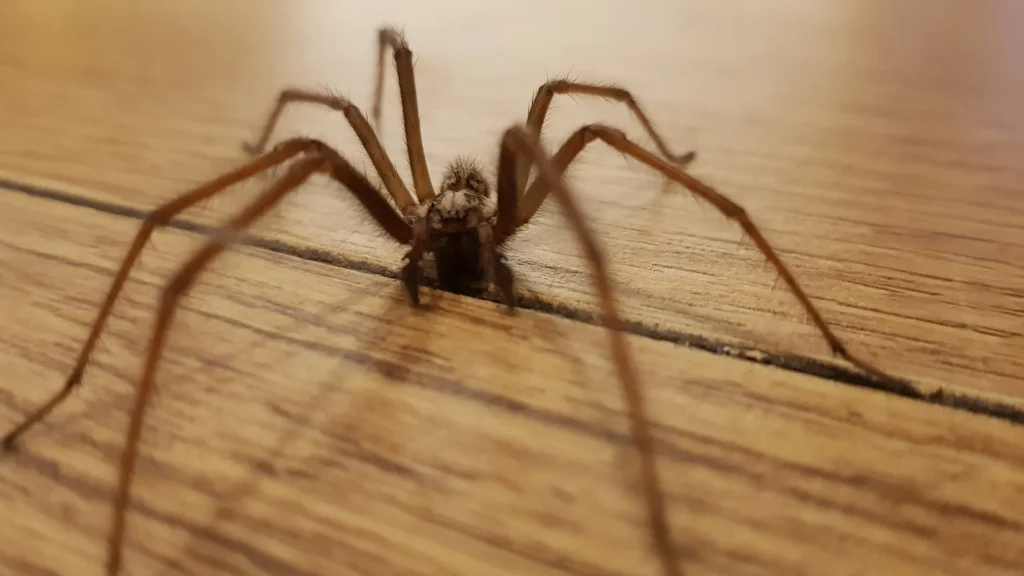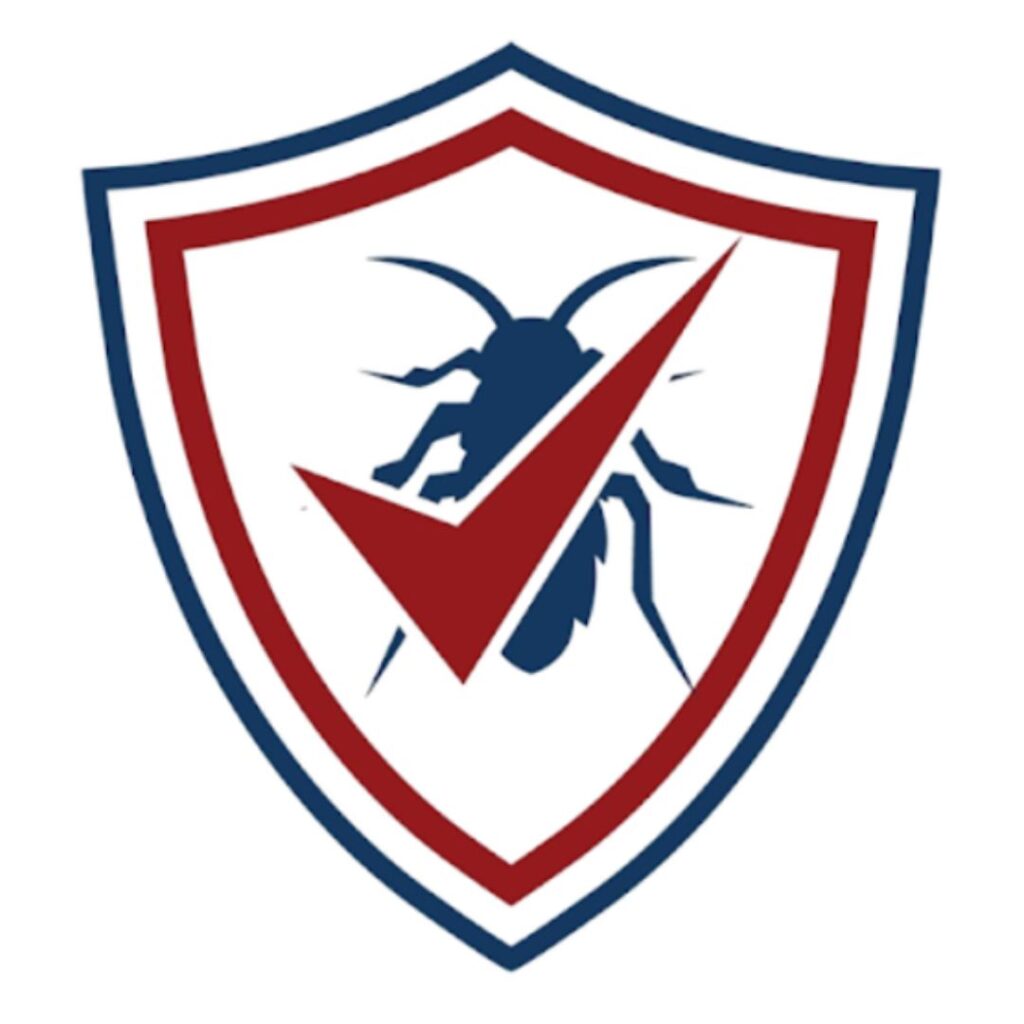Spider Removal and Prevention in Binghamton
Serving residences and businesses throughout Binghamton, Vestal, Johnson City, Endicott, Endwell, Windsor, Whitney Point, Owego, and Apalachin.
Spiders inspire mixed feelings. Outdoors they hunt mosquitoes and crop pests, yet inside they spin messy webs, surprise staff and visitors, and in the case of venomous species can pose a real health concern. When a late night trip to the kitchen reveals multiple silky strands across a doorway, or an employee spots a suspicious dark spider in a storage room, immediate action makes the difference between a quick fix and a long struggle. Pest Control Xperts offers complete spider removal throughout the Southern Tier of New York. Our local exterminator team relies on careful inspection, targeted treatments, and easy to follow prevention steps so homeowners, managers, and health care supervisors in Binghamton and nearby towns enjoy clean, web free spaces.
Five Stage Spider Removal Program
- Intensive inspection
The visit begins with a short interview covering sighting locations, cleaning routines, moisture concerns, and storage habits. Using LED flashlights, extension mirrors, and careful ladder placement, the technician surveys window frames, soffit vents, attic trusses, baseboard crevices, and vegetation touching exterior walls. Outdoor lighting design, mulch depth, and nearby water sources are noted. Findings are photographed and arranged on a digital site map for client review. - Precise treatment plan
- Vacuums with high efficiency filters remove live spiders, egg sacs, and webbing from hard to reach voids and overhead steel beams.
- A residual liquid labeled for sensitive environments is applied in a thin band along baseboards, sill plates, and attic access frames. Spiders crawling through the treatment zone absorb active ingredients on contact.
- Silica and botanical dust is puffed into wall voids, utility chases, electrical boxes, and crawl space corners where spiders retreat during daylight.
- Exterior liquid barrier treatment focuses on foundation seams, porch posts, fence rails, and soffit edges. The clear formulation dries quickly and withstands mid summer rainstorms.
- Insect reduction supports spider control because fewer prey insects translate to fewer webs. Strategic insect bait stations or light management suggestions accompany the main plan.
- Exclusion and habitat guidance
Technicians seal and screen gaps at attic louvers, cable pass through points, and crawl space vents using stainless mesh and durable sealant. Landscape advice includes trimming shrubs twelve inches from siding, converting bright porch bulbs to warm LED varieties, and keeping mulch layers shallow to reduce damp harborage. Inside, clients receive tips on reducing storage clutter and minimizing cardboard which brown recluse favors. - Follow up and verification
Sticky monitors placed in former hot zones record activity for three weeks. Pest Control Xperts returns to inspect these monitors, confirm zero new captures, and retreat any isolated spots. For facilities with constant traffic such as pet boarding or food processing, monthly quick checks may be recommended to maintain clean ceilings and reception areas. - Maintenance choices
Quarterly exterior service renews the protective barrier before each seasonal uptick in web building. An annual attic and crawl space review ensures screens, seals, and ventilation remain intact. All visits include updated digital reports with fresh photographs and product labels for compliance records.
Seasonal Spider Patterns in Broome County
- March to May as daytime highs climb above fifty, overwintered spiders leave dormant pockets. Orb weavers establish first anchor lines on sunny porch railings.
- June through August high humidity supports insect prey, and webs appear around patio lights each morning. Black widow populations increase in undisturbed utility closets.
- September and October cool nights push wolf spiders toward garage interiors. House spiders rebuild webs inside mudrooms and laundry spaces in search of stable warmth.
- November through February attic and wall temperatures remain steady indoors, enabling brown recluse females to continue producing egg sacs. Orb weavers outside are dormant, yet basement feeders like common house spiders persist in sheltered corners.
Planning service visits one month ahead of each seasonal spike ensures preventive protection.
Regional Context Without Narrow References
The Binghamton metro area offers a mix of historic brick storefronts, suburban ranch neighborhoods, student housing blocks, light industrial parks, and rural homesteads. Each setting presents unique spider challenges. High ceilings and skylights in retail showrooms gather warm air that draws orb weavers, while stone foundation basements in older homes maintain humidity that brown recluse enjoy. Detached workshops in outlying communities often store lumber and feed bags that invite wolf spiders and house spiders. Pest Control Xperts adapts methods to these varied structures, always mindful of valley humidity, river generated fog, and snowfall that drives prey insects indoors.
Why Clients Select Pest Control Xperts for Spider Control
- Local climate insight built from years of monitoring humidity trends, soil moisture, and building aging patterns along the Susquehanna corridor.
- Integrated pest management approach that merges mechanical removal, residual chemistry, dust treatment, exclusion work, and client education.
- Transparent, photo rich reporting delivered through a secure web portal useful for property managers, health inspectors, and real estate transactions.
- Flexible scheduling options with sunrise, evening, or weekend appointments to avoid business downtime and respect family routines.
- Value focused maintenance plans that supply consistent exterior defense and predictable budget lines rather than surprise emergency fees.
Everyday Prevention Checklist
- Vacuum ceiling corners weekly to remove light web strands.
- Store seasonal clothing and linens in sealed plastic tubs, not open boxes.
- Fix faucet drips and roof leaks promptly so excess moisture does not attract insects that feed spiders.
- Keep mulch shallow and six inches away from foundation walls.
- Change bright exterior bulbs to warm LEDs to reduce insect attraction at night.
- Shake out camping gear before bringing it indoors after summer trips to nearby lakes.
- Stack firewood off the ground and at least twenty feet from exterior walls.
- Seal small cracks around window frames with quality exterior caulk.
- Encourage staff or family members to report any spider sightings early for fast response.
- Schedule a springtime Binghamton pest control inspection before warm nights return.
Common Questions Answered
How quickly will spider activity subside
Most clients observe a dramatic drop in web formation and visible spiders within seven to ten days after initial service. Dense recluse or widow colonies nesting deep in wall voids may need a follow up visit which is included in standard programs.
Is treatment safe for pets and children
Yes. Interior liquids are applied only to junction lines and dry in about two hours. Dust stays inside sealed voids. Families simply keep pets away from treatment zones until surfaces are dry.
Do spiders return after treatment
Seasonal migrations bring new arachnids, especially during humid midsummer nights when insects abound. Quarterly exterior maintenance combined with consistent moisture control greatly reduces re entry and keeps indoor webs to a minimum.
Contact Pest Control Xperts Today
Finding a black or brown spider in the bathtub, dusty webs across recessed lighting, or egg sacs along basement joists indicates your property is already serving as a shelter. Waiting allows populations to expand, silk debris to accumulate, and anxiety to grow. Pest Control Xperts is ready with prompt spider removal for Binghamton, Vestal, Johnson City, Endicott, Endwell, and Windsor. Our exterminator team inspects thoroughly, treats precisely, and teaches simple prevention steps tailored to the river valley climate. Contact us Today for a comprehensive evaluation or enroll in a maintenance plan that keeps your property free of spiders every season.
